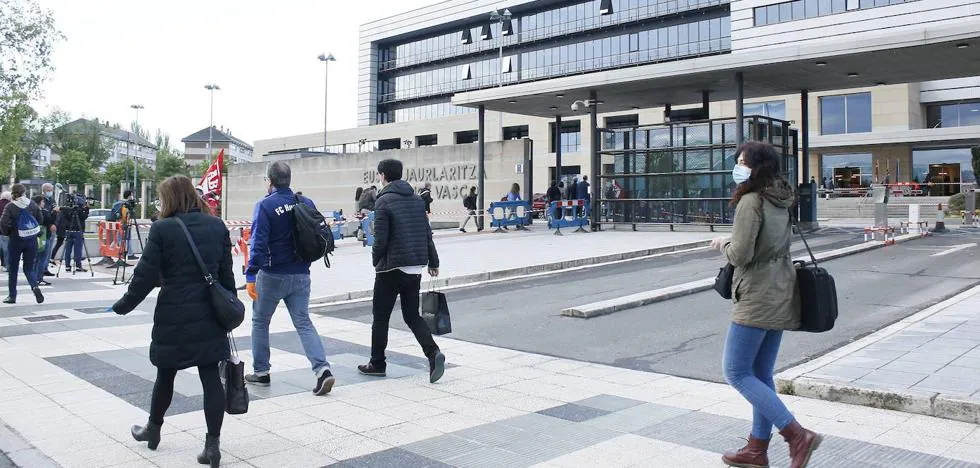Asedas reveals that only 1% of food is not sold or donated due to inventory control measures and quality adjustments
In recent years, supermarkets have moved towards a circular economy model that enables them to be more sustainable and efficient, focusing investments on these aspects. This is an ethical issue, but also a sales one, as consumers “become increasingly aware of the environmental impact of their daily actions and demand tools to minimize it.” This is how they explain it Asedas, the association of distributors, supermarkets and supermarkets, which presented its five indicators of sustainability in a forum on ABC this Tuesday.
These parameters are: food waste management, packaging, energy efficiency, environmental footprint and waste. Asedas’ goal is to monitor the evolution of each and prioritize the actions to be taken to reduce environmental impact and achieve the goals of the 2030 Agenda, after this sector has grown strongly in recent decades .
The association represents the form of commercial proximity, with 19,000 outlets and 322,000 employees, representing 75% of the commercial area of food distribution in Spain. With regard to food waste, the report indicates that only 1% of products have not been sold or donated. Control measures to achieve this figure mainly include the adjustment of the assortment to the real sales, quality control, commercial strategies for the sale of products with an approaching use-by date and donation, Asedas says.
On the other hand, it must be taken into account that about a third of packaging used for the transport of goods or tertiary services is reusable, which avoids the equivalent of more than 20,500 CO2 emissions from cars per year, more than 13.7 million kilograms of waste and the use of water equal to more than 13.8 million five-minute showers, the association calculates.
And in the field of product marketing packaging, measures have been taken since 2019, such as replacing expanded polystyrene containers with recycled plastic containers, juice and water bottles with recycled plastic or selling facial tissues made from recycled cardboard.
But if there’s one act that determines the supermarket bill, it’s energy efficiency. Asedas supermarkets note an average annual investment of between 5% and 10% of their budget for this, with an increase of 28% between 2020 and 2021. Among the investments, the installation of solar panels, the reduction of refrigerant gas leaks, the switch to LED lighting, reforms in shops, the switch to more efficient machines, improvements in insulation in cold areas, the use of less polluting fuels and lighting stand out. presence sensors, eg.
Regarding the carbon footprint of these surfaces, which is calculated with the consumption of refrigerant gases, fossil fuels and electricity, the report indicates that emissions have been reduced by 8.2% in 2020 and by 6% in 2021 compared to the previous year . This has resulted in emissions rising from more than 1.4 million tons of CO2 in 2019 to just over 1.2 million tons in 2021.
To reduce the environmental footprint, the surfaces buy energy from renewable sources, install solar panels, use less polluting refrigerant gases, more efficient vehicles and optimize logistics routes.
The last indicator analyzed is waste, which they have managed to separate for recycling or conversion to energy by 77% by 2021, an amount that has increased by 11.6% over the past three years.
Asedas general manager Ignacio García Magarzo pointed out during the presentation that the companies reaffirm their commitment to the fight against climate change and that despite the “complicated current economic situation”, environmental investments are a “priority” for the businessmen . Of course, Magarzo argued that the transition to the circular economy should be facilitated by “flexible legislation, which makes it easier to make the most appropriate decisions for each business model, and taxes that do not burden important efforts in this area”.
Source: La Verdad
I’m Ben Stock, a journalist and author at Today Times Live. I specialize in economic news and have been working in the news industry for over five years. My experience spans from local journalism to international business reporting. In my career I’ve had the opportunity to interview some of the world’s leading economists and financial experts, giving me an insight into global trends that is unique among journalists.



